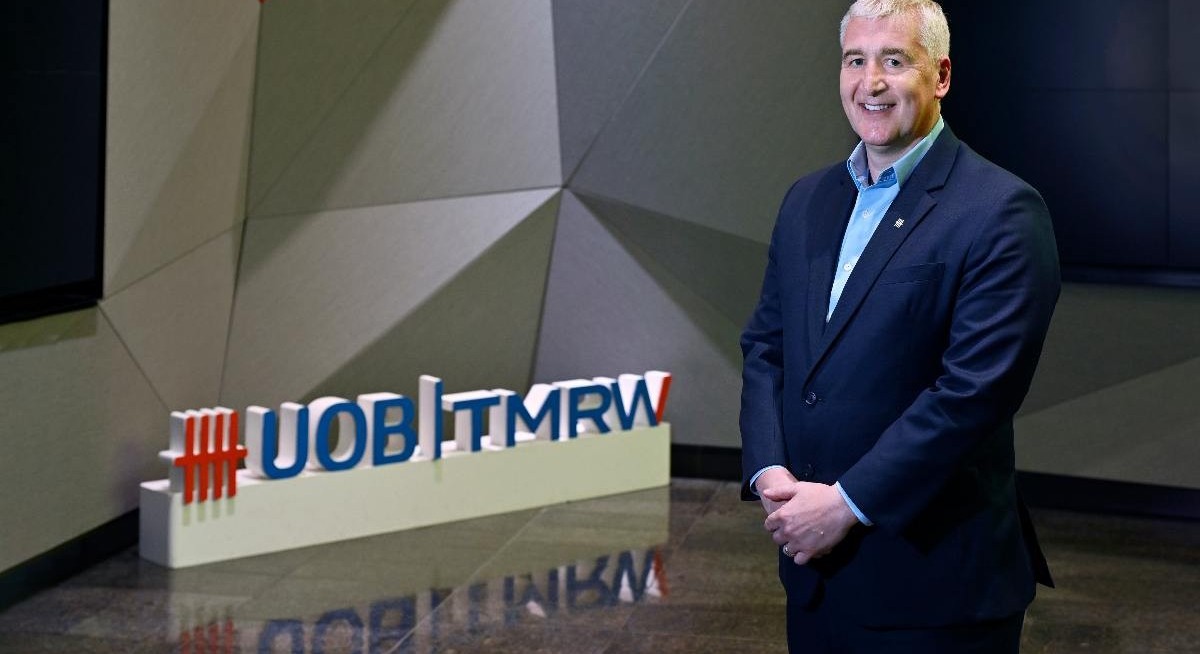Disrupting tradition to define tomorrow
UOB first launched TMRW in Thailand in 2019, making it the first bank to launch a digital bank in Asean. “Almost a decade ago, the Bank asked itself: What will banking look like 10 years from now?” says Stuart Smith, Head of Innovation, UOB Group Retail TMRW. “Fast forward to today, the leadership at UOB was visionary; they saw digital banking coming, and that it would be a significant part of the Bank’s future.”See also: What happened to blockchain?
Where innovation never stops
As a digital bank app that evolves with its customers, UOB TMRW is designed to continuously learn from customer interactions with the app, capturing banking behaviours and preferences. Powered by AI, UOB TMRW translates this data into hyper-personalised insights to help customers save, spend and invest better.See also: Connecting Asean with Project Nexus










